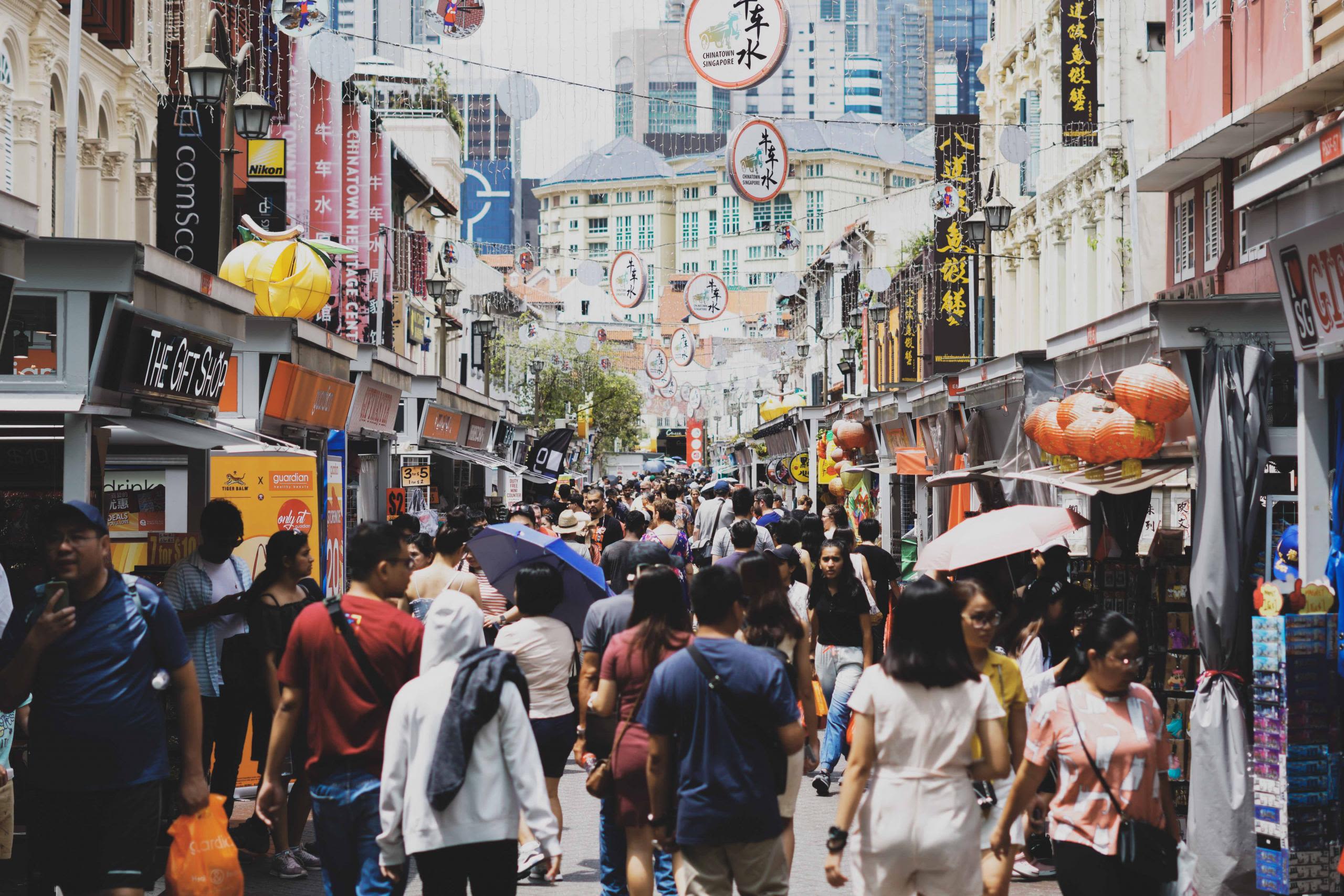Singapore: gateway to growth
The ASEAN region presents European companies with a clear opportunity for expansion and Singapore remains one of the best bases from which to launch
29/04/2020
Singapore is the financial heart of the ASEAN region, home to financial companies that support businesses across south-east Asia. Until now, the region has enjoyed average year-on-year growth of 5 per cent since 1998 – making it a phenomenal place to do business.
Covid-19 has stalled growth globally, with restrictions on travel and quarantines in place. Yet the ASEAN region appears to be reaching a plateau in terms of new cases and is leading the way through to the other side of the pandemic – the rebuilding phase.
“Most of the large suppliers are starting again and producing for customers,” says Girolamo Benedetti, general manager at Intesa Sanpaolo Singapore. “I don’t see 2020 as the best year of the decade, but if we maintain a meticulous and vigilant approach to the virus, it is possible the second half of the year for the ASEAN market may turn out to be better than the first.”
The pandemic’s impact on GDP will be global. Yet once it has passed, the fundamentals of Singapore as a financial hub will remain. Singapore topped the World Bank’s Ease of Doing Business ranking for nine consecutive years before being bumped down one spot last year (which is still highly favourable).
Its attractions for big business are numerous: the country enjoys low taxation and a stable government, as well as being a leader in the development and adoption of digital technology. “Singapore is a hub in terms of digitalisation and the digital economy: it is a step ahead. That gives a lot of opportunities to corporates who want to invest,” says Benedetti.
Intesa Sanpaolo has been in Singapore since 1984 and the office acts as the bank’s base for other ASEAN countries (Brunei, Cambodia, Indonesia, Laos, Malaysia, Myanmar, the Philippines, Singapore, Thailand, and Vietnam).
Moreover Singapore works closely with the Hong Kong hub to develop relationships with leading Indian customers within more capital-intensive sectors as energy and infrastructure. The team offers direct knowledge of the local market to support the opening of subsidiaries by foreign multinationals, provide project financing and help companies looking to set up import and export routes.
From the Singapore office, Benedetti and his team steer clients through the region’s new opportunities while also providing information on well-worn routes to success. Benedetti gives as an example the growing middle class – a solid trend from which Italian companies can see returns if they invest in distribution networks to reach this market.
Emerging opportunities can be seen in the blossoming countries of the region. Benedetti holds up Indonesia as a case in point – a country whose GDP already tops $1 trillion and, with a young population, one that is still growing.
“There will be a demand for infrastructure, greater energy usage, plus consumption of products will grow,” he says. “All the infrastructure investments are needed across this market: roads, airports, oil and gas, telecoms. As a bank, we have competence and knowledge in these sectors. There is a huge opportunity here.”
Benedetti notes that the office is also providing sizable project finance in renewable energy across ASEAN countries – in line with Intesa Sanpaolo’s goal to support future-minded, sustainable projects.
He points to the presence of the Asia Development Bank, which supports infrastructure projects in the region, as a key support for capital-intensive infrastructure projects. Given infrastructure projects are unlikely to be stopped or fall through, Benedetti believes they are as near to a certain investment as it is possible to get. “These projects are so critical for the countries that at some point they will be delivered. They are part of the inevitable plan of development,” he says.
Another emerging opportunity is the moving of entire supply chains of European, Korean and Japanese companies into south-east Asia. According to Benedetti, a large number of enterprises are relocating to South East Asia to avoid the impact of the US trade war with China.

Among them, Vietnam is the country that has benefited most from the trade war. Thailand and Malaysia are actively courting manufacturers fleeing China to escape the trade war, aiming to become major production hubs as rising labour costs threaten Vietnam’s status as an alternative destination.
“There are ample opportunities for manufacturing investments, and so far the investments from large conglomerates have proved successful.”
Singapore itself will continue to be a good place to set up in business, especially with the new EU-Singapore free trade agreement, which will remove customs duties for EU goods. Benedetti predicts this will be a big positive for food providers.
Another area that will be stimulated by this deal is investment in the green economy. “For Intesa Sanpaolo, growth in the sustainable economy is one of the key pillars for growth overseas. Singapore is the right place to be as there are plenty of projects with high social impact run directly by the government,” he says.
Singapore’s real-estate sector is already putting circular economy practices in place and there is room for international companies to provide goods and services to reach new green aims.
Whatever the project, Benedetti and his team are ready to share their extensive knowledge of Singapore and its neighbouring countries. “We will be there for Italians and Europeans who want to invest, but also for local players,” he says.
